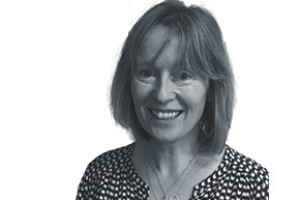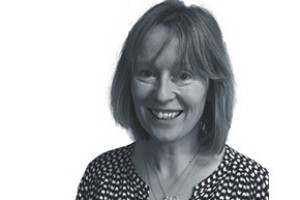The dreaded resuscitation discussion


Working as I do in a hospice, where the eventual outcome is a certainty for every one of our patients – as it is for us all, of course – you might think that the controversies of the dreaded ‘resuscitation discussion’ are largely unknown to the palliative care team of which I am a member.
Unfortunately, this is far from being the case. The modern medical model we currently work under is keen for me to have an informed, in-depth analysis of the pros and cons of attempted resuscitation with each and every patient we admit, with few exceptions. Even if they are 93, tiny, bird-like, frail, and quite obviously days from death. So be it. Such is the practice of medicine in 2018. Resistance is futile.
What I try to do is make the discussion short, simple, and couched in terms that make it quite clear that this is not a simple matter of ‘patient choice’. I have it with relatives, if it is quite obvious that it can’t be had with the patient themselves without upset and (quite understandable) bewilderment.
And every time I do, I am reminded of the fact that, living on our New Zealand peninsula, half an hour from the nearest hospital, a community defibrillator was installed close to our home a few months before my husband died.
We medics know most of us will acquiesce to those red forms when our turn comes
That he volunteered to lead the training sessions for our friends and neighbours there – many elderly, many with cardiac and respiratory conditions, all consequently hanging onto his every word.
That he made me smile early on in the talks by casting his observant intensivist’s eye over his aged, white-haired audience and, with his usual directness, suggesting that the very first thing that everyone in the room should be doing was thinking about their advanced care wishes, and whether attempted resuscitation was appropriate for them personally in the first place.
That he then became the first and, to date, only person for whom that defibrillator has actually needed to be deployed, to absolutely no avail, thus proving what we doctors already know – that attempted resuscitation rarely works.
Such memories rise up unbidden whenever I fill in our red forms, and then settle again, as the day rushes along. I have learned to accommodate them, to allow them space within, but not to let them overwhelm me. Fortunately, most of our patients do appreciate the prospect of a peaceful, dignified death. The others need our help; the ones who clearly fear death so much that they will do anything to try to avoid it.
And yet death isn’t the worse possible outcome. We medics know that, and most of us will acquiesce to those red forms when our turn comes. I knew that Richard’s worst fear was of brain damage, and that’s why I was almost relieved that, throughout his own (non)resuscitation, I was acting in the knowledge that he was absolutely and thoroughly dead, that the chances of some hideous neuro-catastrophe outcome lurking around the corner were tiny.
One positive aspect of bereavement is that it has certainly reduced my own fear of death, a fear that was previously considerable. On the contrary, sometimes I welcome the prospect. That is, of course, quite different from actively wishing to die. As I sometimes wryly think to myself, only one parent has the luxury of the kind of early exit chosen by my husband. But that sort of bitterness isn’t good for me, and I don’t wallow in such mean-spiritedness very often. Compulsive, overwhelming suicidal thoughts hardly pave the way to an informed choice, one imagines.
In fact, day to day, I seem to manage to retain a surprising degree of my former cheer. This is possible only if I allow myself regular descents into darkness, however, and I do try to schedule such periods into my week. (My diary doesn’t quite read ‘haircut’, ‘descend into darkness’, ‘pick up dog food’, but that’s not too far from what actually happens in real life.) It turns out that life – implausibly enough – really does go on.
Dr Kate Harding is a locum GP and hospice doctor
Pulse July survey
Take our July 2025 survey to potentially win £1.000 worth of tokens

Visit Pulse Reference for details on 140 symptoms, including easily searchable symptoms and categories, offering you a free platform to check symptoms and receive potential diagnoses during consultations.










